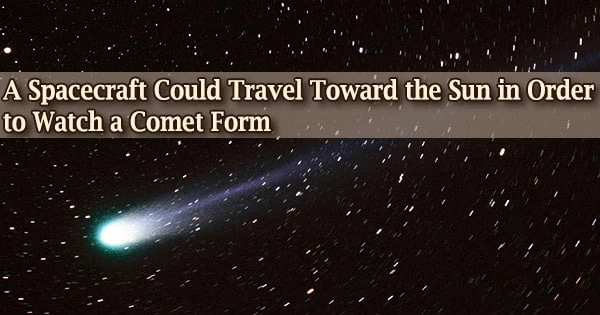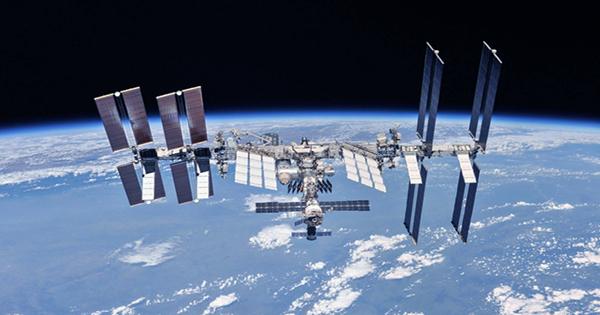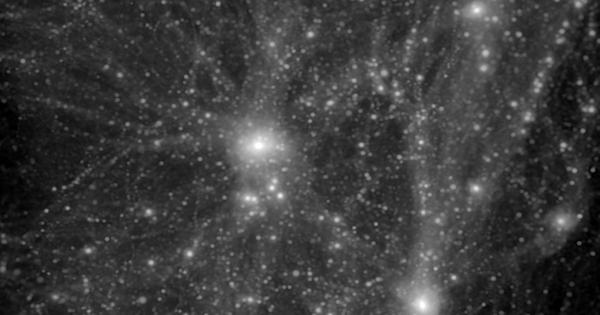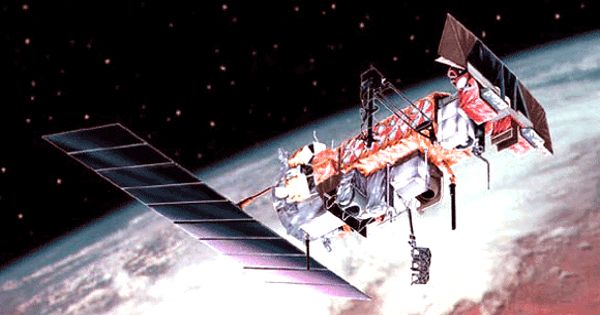Planets revolve around the other stars while a star doesn’t revolve around any other object. Because they are both celestial bodies located in outer space, it is critical to understand the key differences between stars and planets. When you look up high in the sky at night, you will notice trillions of shining dots, some of which are brighter, some of which are larger, and some of which twinkle. What are these bright dots? As a result, they are nothing more than stars and planets. Stars are celestial bodies that emit their own light and twinkle. They are fixed and large luminous bodies, similar to the Sun.
Planets, on the other hand, are celestial objects that move around the star in an elliptical orbit. Planets do not have an internal source of light, so they must rely on light from outside sources, primarily the Sun.
Difference between Stars and Planets –
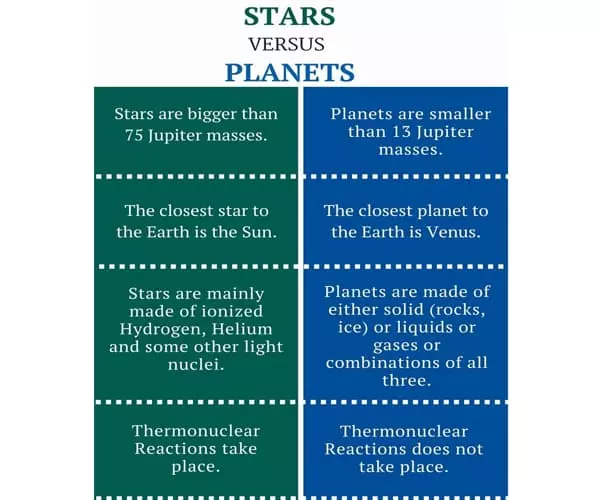
STARS
- The astronomical bodies that release their own light produced due to thermonuclear fusion, occurring at its core, is known as Stars. Stars have their own light.
- Stars are astronomical objects, that emit their own light, produced due to thermonuclear fusion, occurring at its core. Stars can be understood as glowing ball, consisting of plasma, clasped together by its gravity. Plasma is an intensely-heated state of matter. Stars are made up of gasses like hydrogen, helium, and similar light elements.
- Stars move in their own separate orbits with a high speed, but due to considerable distance, their motion can be seen after a very long time. Stars appear to twinkle due to constant refraction of light in earth’s atmosphere.
- The shine in the stars is due to the nuclear reaction that takes place in their core, as a result of the fusion of hydrogen into helium. The nuclear reaction occurring in the stars continuously emit energy in the form of light, in the universe, that helps us to see them and also observe them through a radio telescope.
PLANETS
- The celestial object that has a fixed path (orbit), in which it moves around the star, are known as Planets. planets do not have their own light, they reflect the sunlight that falls on the planets.
- Planets refers to the celestial object that has a fixed path (orbit), in which it moves around the star. It is simply a celestial body that is fixed and has its own orbit and spins on its own axis, yet reflects the light from an external source.
- The position of planets tends to change, as they move around the sun. Planets are a bit closer to earth, and light reflected from them passes directly through the earth’s atmosphere without any bending, and so they do not twinkle.
- The term ‘planet’ represents the heavenly objects that revolve around a star, in a definite path, i.e. orbit. It is huge enough that is occupies shape of a sphere by its gravity, but not as large to effect nuclear reaction. In addition to this, it has cleared other bodies in its neighboring area.
The size of the stars is greater than that of the planets. A star has the shape of a dot. The planet, on the other hand, has a spherical shape. A star has a very high temperature, whereas a planet has a low temperature. They are uncountable because there is only one star in the solar system and millions of stars in the galaxy. Our solar system, on the other hand, contains a total of eight planets.
Hydrogen, helium, and other light elements make up stars. Planets, on the other hand, are made up of different states of matter, such as solids, liquids, gases, or a combination of these.

